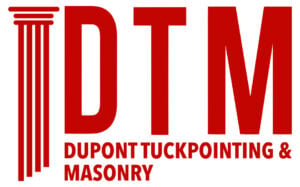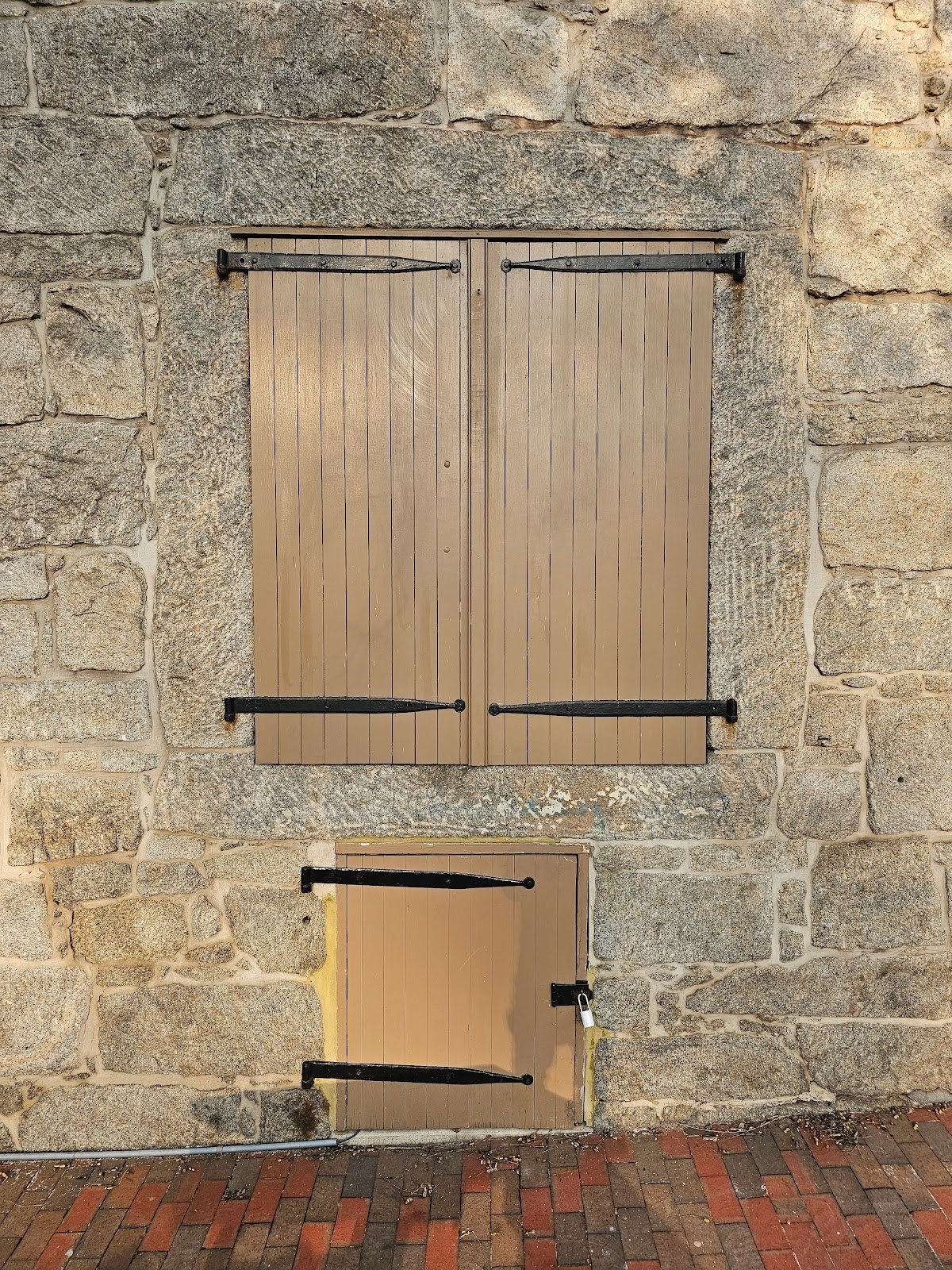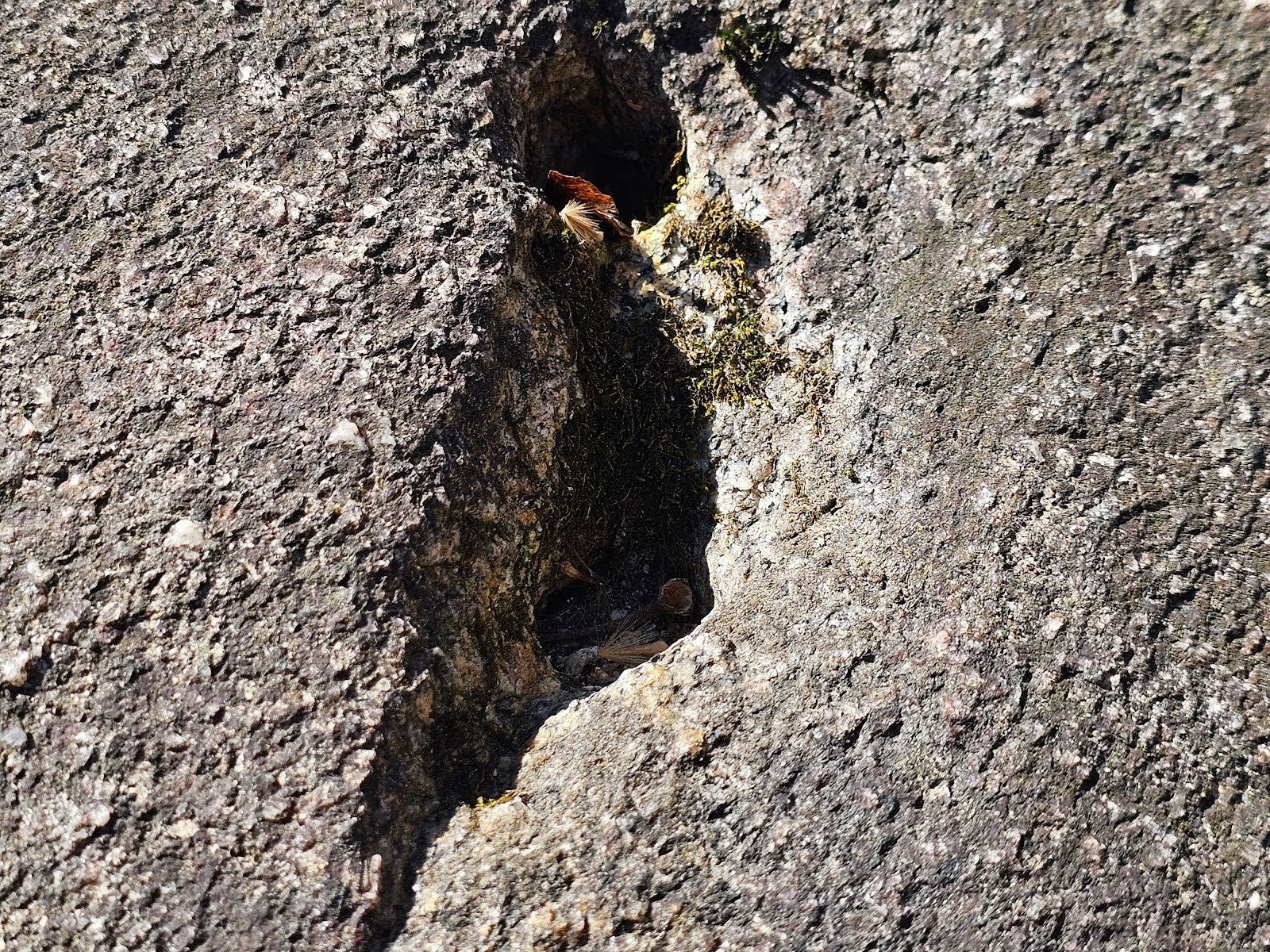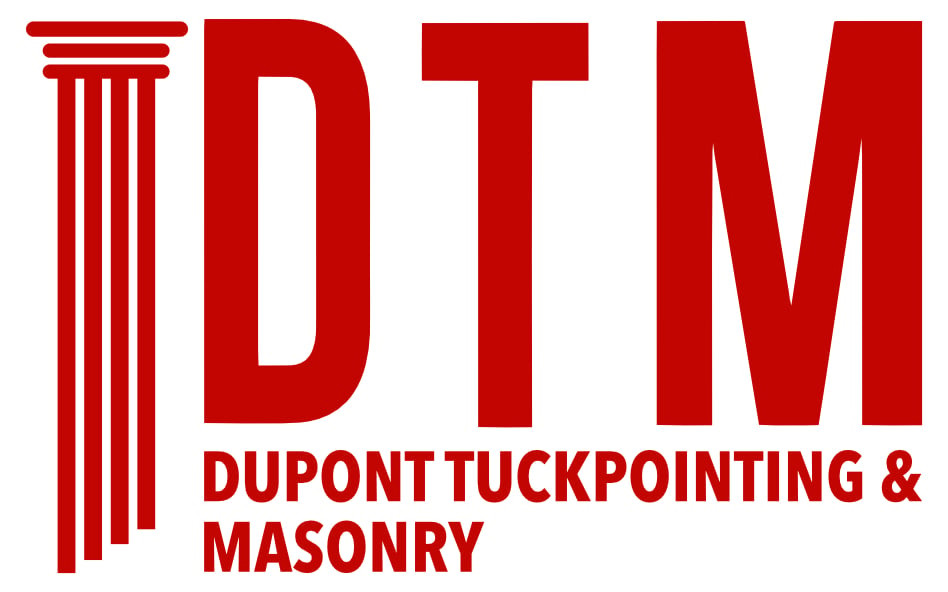Cold Joint Issues in Historic Brick Walls
Here, on our website, in the past, we have looked at a few other examples of cold joints between different parts of buildings. Essentially, a cold joint in masonry is a transition or demarcation point where another portion of a building ends and a new portion of a building, in line with the original wall, was later built to continue or extend the building. In some cases, these cold joints happen between separate buildings as well.
It’s actually pretty common, here in Washington DC, where one historic brick building will have a continuous facade construction to a neighbor on one side but a cold joint that ends the facade assembly, but with a totally different and separate building on the other side of a cold joint. These cold joints are basically just left behind as gaps. On the inside of those cold joints though, the finish may not be as linear and straight and true as the opening at the cold joint itself.
The picture below shows the original rear facade of a historic brick building at the left hand side of the photograph. At the right hand side of a photograph and there is shorter brick wall. It’s possible that the shorter brick wall was built before the larger building. It definitely appears to be in overall worse condition. It’s also possible though that the shorter wall is actually a bit newer, yet maybe it just was not given proper upkeep, care, and maintenance, over the years.
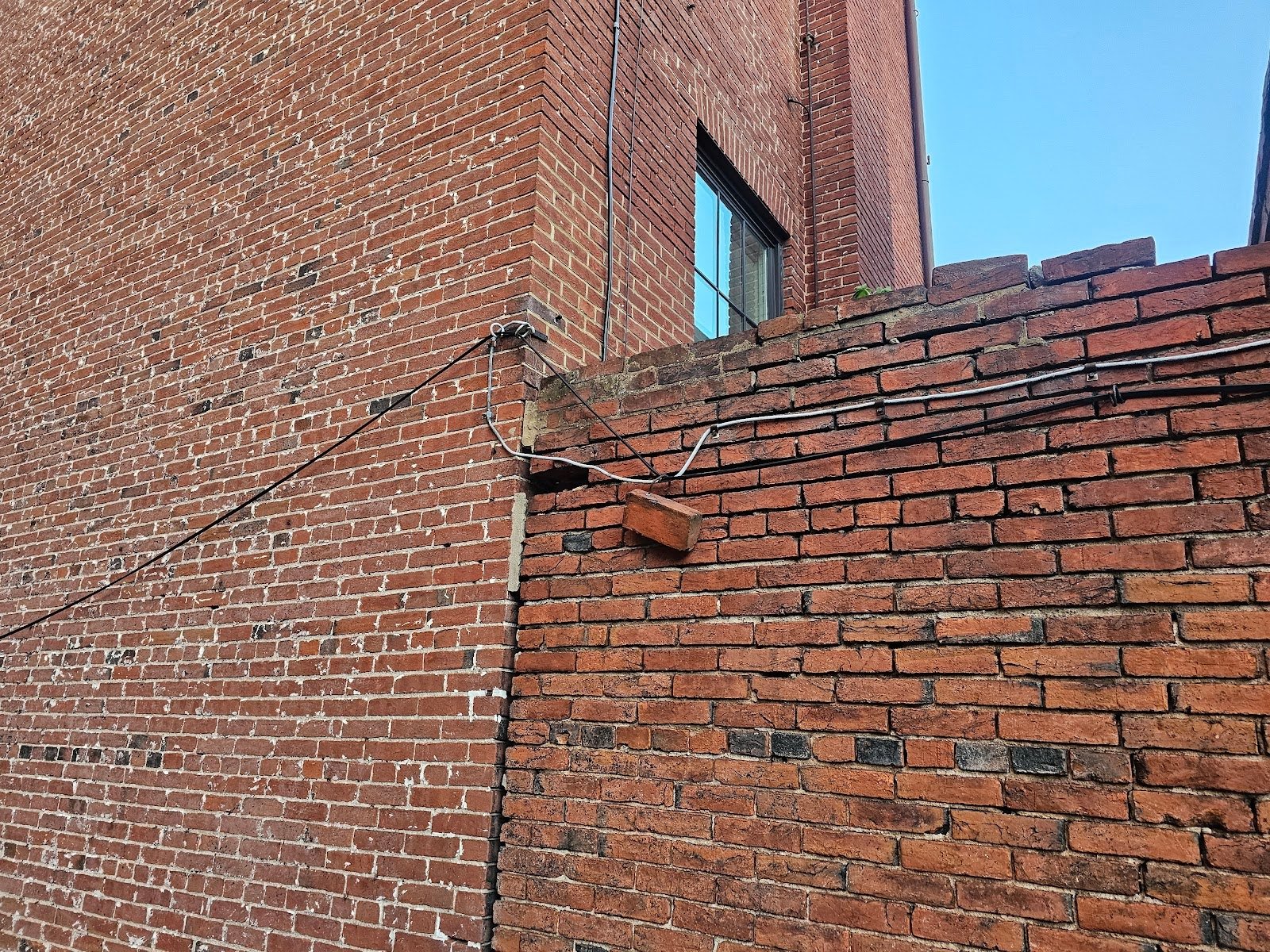
Essentially, the edge of a finished brick will be built in an assembly, vertically, at the exterior face of the cold joint. On the inside though the bricks that are placed are blind-set. That essentially means that the installer or the bricklayer or mason of the time could not access the back of those bricks because they were essentially installing the bricks up against an existing wall. Essentially there’s no space in the middle there for them to tool their mortar joints or to clean and dress the finish of their masonry.
These cold joints matter today because they’re often not well sealed. Today we will generally use an elastomeric or polymer type material that maintains a degree of flexibility, even after some exposure through temperature cycles and seasonal changes. That flexibility allows for the sealant to generally remain intact even through a degree of temperature fluctuation and seasonal cycles. Those thermal changes cause micro movements in the building facade which can stress cementitious type mortars. If a mortar joint retains flexibility then it can continue to maintain a seal to keep the weather elements out of the interstitial space between the newer and older building facades.
The brick shown in the picture appears to be in relatively decent condition. The face of the brick hasn’t spalled and the corners are unbroken. Somehow the brick is held together pretty well over the years. There’s even a steel anchor that’s been fastened into the face of the brick.
Yet that didn’t have the strength to cause significant damage. Over time though the mortar joints have deteriorated around that particular brick so extensively that the brick has come loose. It probably would have fallen to the ground except since the telephone or television cable has been mounted directly to the side of the brick, the Brick has been left supported, hanging above the ground, just dangling from that cable.
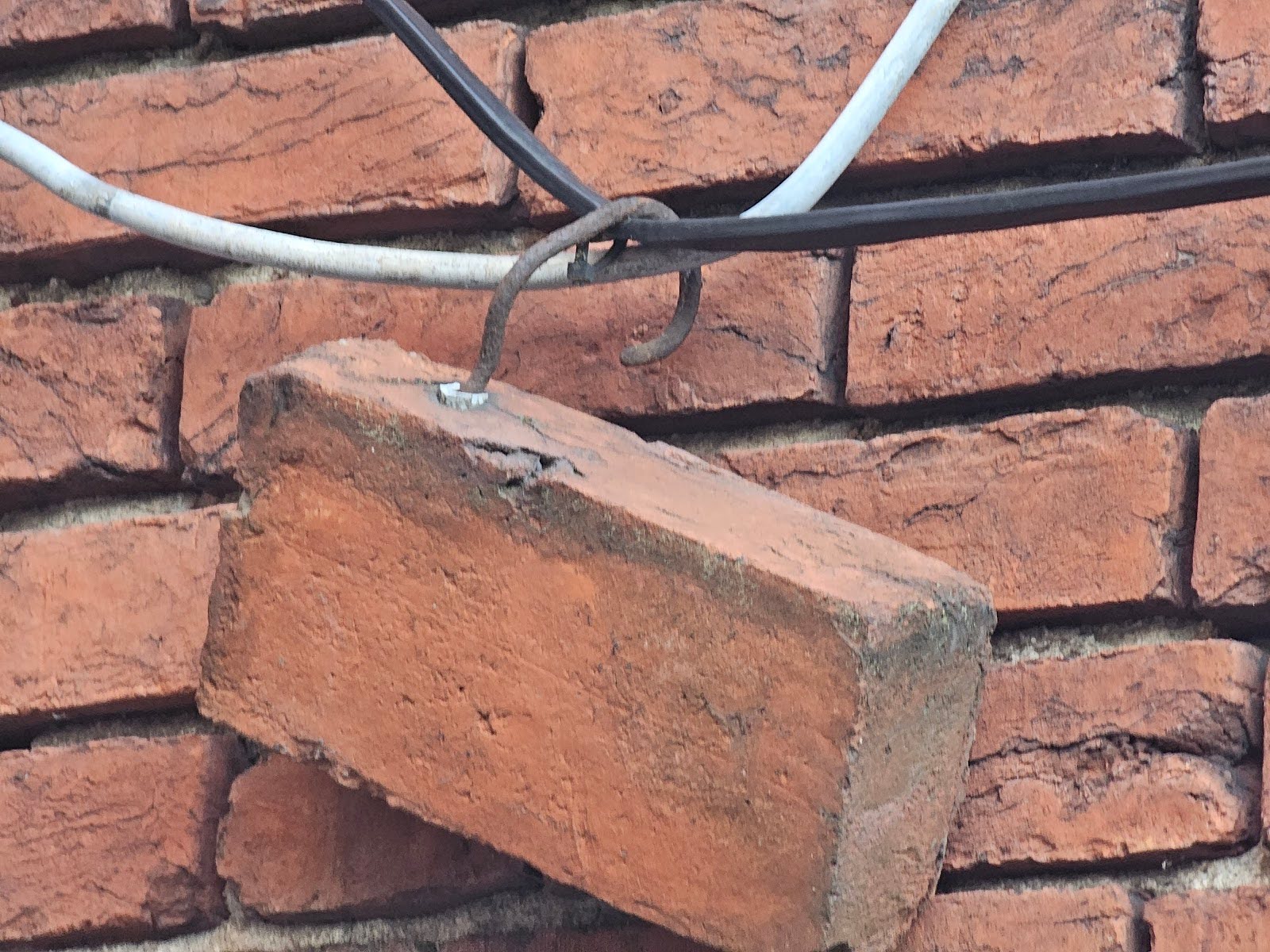
In the next picture below, you can see both the dangling brick and you can also see the wide cold joint. It looks like this joint has become wider, significantly, over time because at the time of the original installation, the joint was not that large.
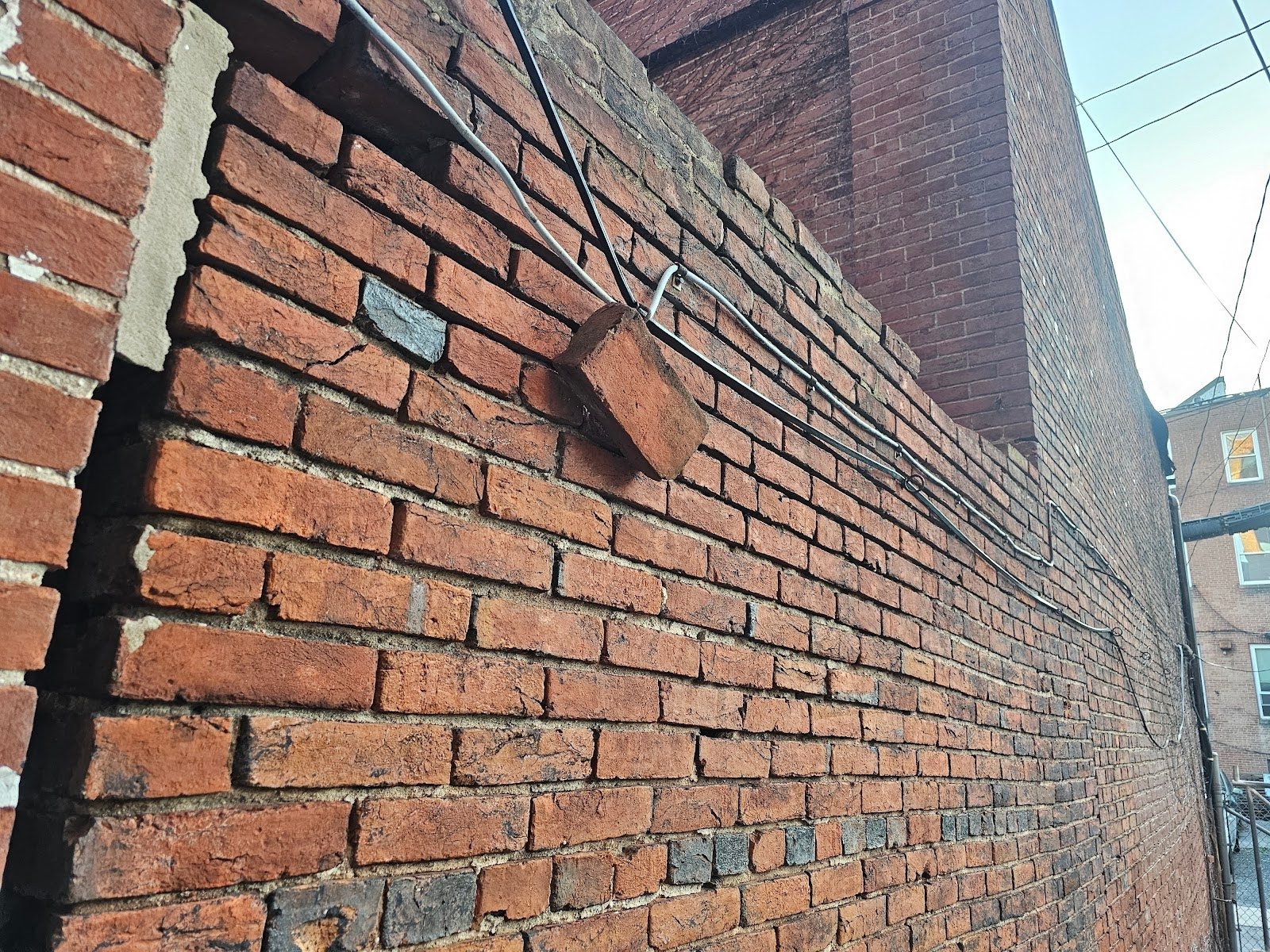
Without observation over a long duration of time, it is hard to say which direction the movement has occurred or in which area of the two adjacent footings are subsiding more significantly. It’s likely though that the shooter wall has a problem of differential settlement which has led to widening of this cold joint between the walls.
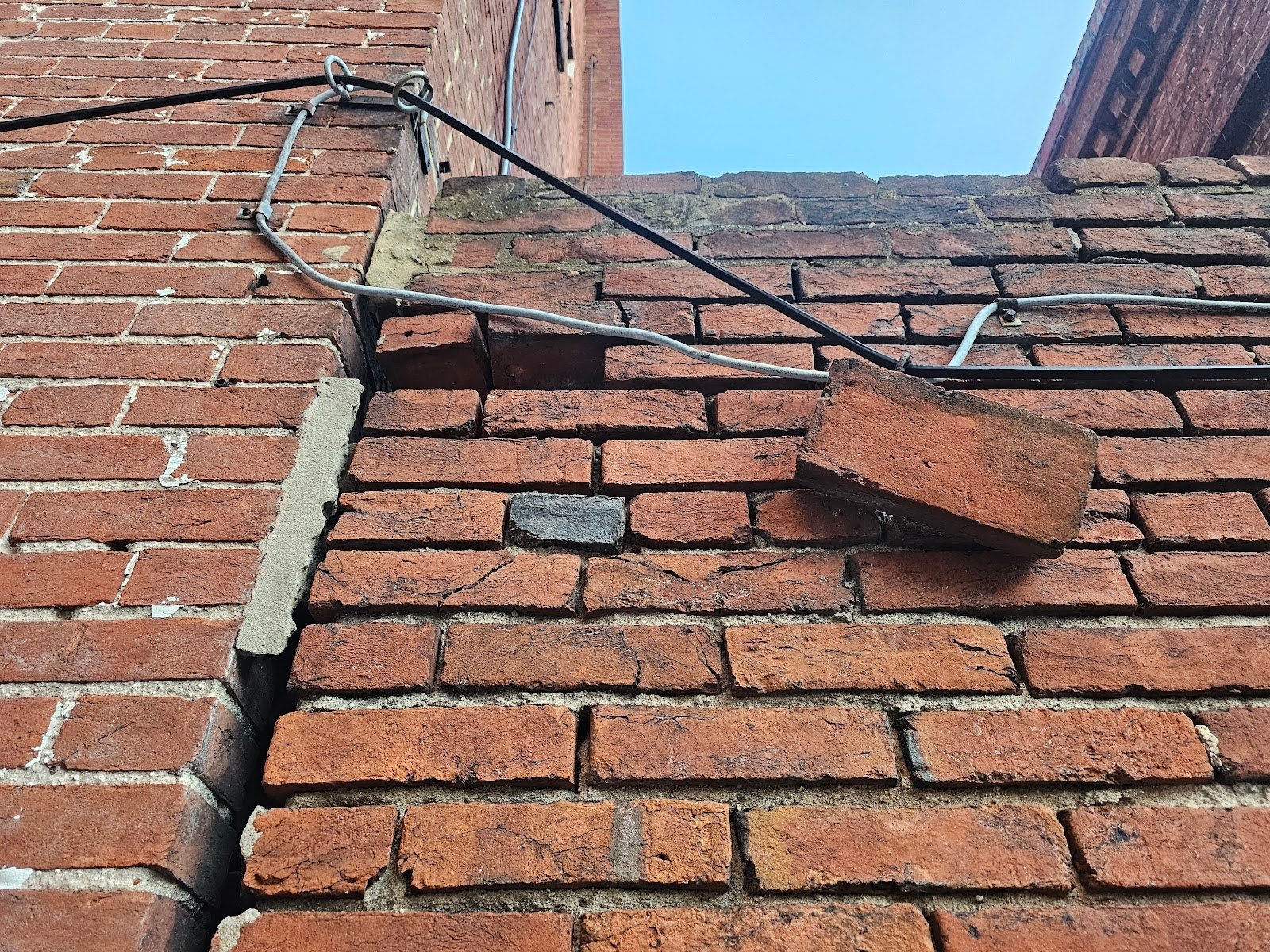
Our company, Dupont Tuckpointing and Masonry, specializes in masonry restoration, historic brick repointing, and tuckpointing services in the Washington D.C. area. These buildings are uniquely historic, and their preservation requires skilled masons who are technically trained in the best practices and knowledge of proper restoration techniques.
We understand the significance of maintaining the architectural integrity of these historic structures, and our team of experienced professionals is dedicated to delivering exceptional craftsmanship. Whether you require masonry restoration, tuckpointing, or brick repointing services, we are here to help.
At Dupont Tuckpointing and Masonry, we take pride in our work and strive to ensure that every project is executed with the utmost care and attention to detail. We are committed to preserving the rich heritage of Washington D.C.’s built environment for generations to come.
If you have any questions or needs regarding masonry restoration, historic brick repointing, or tuckpointing services, please do not hesitate to reach out to us. We would be delighted to assist you and provide you with the expertise and quality workmanship that your historic property deserves.
You can reach us by telephone at (202) 796-7644 and you can reach us by email from the contact form on our website at https://duponttuckpointingmasonrydc.com/contact-us/.
